This small town lies quite close to Tunja, only a 45 minute drive. We took a collectivo minibus which, remarkably, set off while only half full (they usually wait intil every seat is occupied and one or two people are standing or hanging off the back). We had read that Tunja is significantly higher than Villa de Leyva so we were a bit surprised to find the journey taking us up steep hills. However, we later descended into the valley and into the very picturesque town, which was declared a national monument as long ago as 1954.
The entire city centre has been preserved including the original 'cobbled' streets (actually very large and irregular stones that were quite difficult to walk on). There has been virtually no modern building in the centre and even on the outskirts, most new houses are built in a kind of ‘colonial’ style that harmonises well with the real thing.It is a popular place for the wealthier citizens of Bogotá to spend weekends as it is only a 4 hour drive. As a result there is a wide range of upmarket hotels and the streets are full of cafes and gift shops.
We arrived on Friday and found a stream of big 4x4s arriving and making their way to hotels and second homes that continued through into Saturday. Our bijou hostel is not catering for these people and is considerably more modest. The charming house is a typical one, with small rooms surrounding the patio and at the back is a largish garden with a few exotic (to us) plants but also a lot that grow happily in Britain.
The owner, Martha, is effusively welcoming and keen to offer help, guidance, coffee and a relaxing space. From the moment we arrived we felt completely at home and as though we were actually long-lost members of the family! It is no wonder that so many people return to her hostel.
The hostel had confused us at first because it was called Hostel El Solar Camping, which we took to be a mistranslation of campesino (of the countryside). However, it does actually mean camping; during Saturday lots of young people, mainly from Bogotá, arrived and pitched their tents in the garden. They are here for the Saturday night shindig as crowds fill the main square, sitting on the steps outside the church passing around bottles. The music plays loud and upstairs in Mr Coqui’s Beer Factory there is much dancing. Not quite what you expect in a heritage setting but very enjoyable!
We had been told about a particular bar in town, which was owned by Bill Lynn, one time drummer for Elvis Presley. Bill reputedly played regularly there but sadly played his last concert in January 2006, three days before he died, so we were a bit too late to catch him in performance.
Apart from the delights of wandering around the old town, the area is also famous for having an abundance of fossils. These have been left here because about 130 million years ago most of Colombia was under the sea. You can see lots of fossils amongst the stones in the streets and within lots of the walls.
The local university has a small museum housed in a lovely old water mill just outside of the town. There is an attractive display of fossils with rather too much information (in Spanish of course) about the different periods and how fossils are formed. At least we managed to avoid having a guide talking too quickly at us!
Further out from the town there are a couple of interesting spots that we had hoped to visit on a single hike but were told that the total journey would be too great for a one day walk. With only a very basic map of the area we weren't able to make even an educated guess, there certainly was no road marked between the two places.
So we walked the few miles to the first, simply known as El Fósil (The Fossil), where the almost complete skeleton of a Kronosaurus is preserved. These were large and ferocious marine reptiles of the cretaceous period looking a bit like a fattened up crocodile. This is one of a several large fossils that have been found near here. However, the others have all been taken to museums and we’re unsure why this one has been left in situ but it is now a tourist attraction (of sorts). A building has been constructed around it and this also houses the almost obligatory display of other fossils, including a second Kronosaurus, slightly smaller and less complete.
While there, we asked again if it was possible to get to the other site of interest, an archeological park called El Infiernito (The Little Hell - we have no idea why). We were assured that it was not too far and given instructions which we only vaguely understood, but knew which direction to take. When we arrived we were quite prepared to not find it open because it was the early afternoon and indeed the sign outside said that it would be closed between 12 and 2. However, in a real first for Latin America, the gates were open and the attendant made his way down to us to take our 4000 pesos.
The first part of the site consists of two double rows of standing stones which were originally used as a kind of observatory, matching to the direction of the sun and able to identify the dates of the equinoxes. A bit like Stonehenge but not as elaborate. The stones were quite close together and although most are now broken, it is clear from the remains that they were originally quiite substantial.
Following the path we came to the area which is known as the temple of fertility. Although it was a surprise, it fairly logically is full of standing stones that are supposed to signify phalluses of different sizes and shapes. Although clearly deliberately carved, they lack the level of detail of some we have seen earlier in Peru. Although they have been placed in a generally circular pattern, many have fallen or been removed so it is not clear if there was a grand design or if you just came along and planted your willy wherever you wanted it.
The third area also surprised us because it was, rather strangely, a dolmen burial chamber. We have seen these before but in places like Northern France and Eire where they appear to be associated with a sort of Celtic culture. This structure had many of the same attributes as its European cousins, formed from massive flat stones and angled towards the rising sun etc. Although it has been known of for some time, excavation has been continuing and as recently as 2006 the remains of a child were found in a funery urn on the eastern side of the tomb.
As we made our way by a different route back towards the town we encountered the first stages of a new tourist attraction which appears to be hoping to represent life in 1900. At this stage it is a long way from being convincing and as everything is new, is not exactly a heritage site. We can only assume that it will be some sort of children's wonderland with a toy 'steam train' etc for their delight and amusement.
A more basic amusement area we met later, by the road but in the wilds of nowhere, was a rustic but illuminated boule run in someone's garden. It was accompanied by a small shack with a video karaoke machine and a large supply of beer in crates. The ground around was thickly covered with beer bottle tops, attesting to the place's popularity with local people. We stopped for a quick beer but were not invited to play.
On our route we found the landscape littered with huge boulders (no doubt some of the raw material for El Infiernito). As we got closer to town and there were more houses amongst them, it was quite strange to see people's gardens formed around these huge rocks, obviously too massive to move easily.
But even stranger was the sight of a terracotta house, seemingly formed by moulding clay into organic shapes, forming patterns and decoration and letting it dry in the sun.
Fossils, dinosaurs &, surprisingly, more willies!
Monday, May 17, 2010
 Villa De Leyva, Boyacá, Colombia
Villa De Leyva, Boyacá, Colombia
Other Entries
-
101In search of exotic animals: we find iguanas
Apr 1334 days prior Guayaquil, Ecuadorphoto_camera21videocam 0comment 1
Guayaquil, Ecuadorphoto_camera21videocam 0comment 1 -
102We arrive and dive.
Apr 1631 days prior Puerto Ayora, Ecuadorphoto_camera64videocam 2comment 1
Puerto Ayora, Ecuadorphoto_camera64videocam 2comment 1 -
103We set sail, eventually.
Apr 1730 days prior Bartoleme, Ecuadorphoto_camera46videocam 0comment 4
Bartoleme, Ecuadorphoto_camera46videocam 0comment 4 -
104Iguanas in all their many forms.
Apr 1829 days prior Santa Fe Island, Ecuadorphoto_camera32videocam 0comment 3
Santa Fe Island, Ecuadorphoto_camera32videocam 0comment 3 -
105Not all the animals here are friendly.
Apr 1928 days prior San Cristobal, Ecuadorphoto_camera8videocam 0comment 1
San Cristobal, Ecuadorphoto_camera8videocam 0comment 1 -
106Albatross, fresh albatross!
Apr 2027 days prior Espanola, Ecuadorphoto_camera29videocam 0comment 1
Espanola, Ecuadorphoto_camera29videocam 0comment 1 -
107Jen has mixed feelings about stingrays!
Apr 2126 days prior Floreana, Ecuadorphoto_camera11videocam 0comment 1
Floreana, Ecuadorphoto_camera11videocam 0comment 1 -
108That's the way, A-a A-a, I like it!
Apr 2225 days prior Isabela, Ecuadorphoto_camera25videocam 1comment 2
Isabela, Ecuadorphoto_camera25videocam 1comment 2 -
109Big Boy Diego struts his stuff and we fly out.
Apr 2324 days prior Puerto Ayora, Ecuadorphoto_camera10videocam 0comment 1
Puerto Ayora, Ecuadorphoto_camera10videocam 0comment 1 -
110In the dangerous city we have too many cocktails
Apr 2522 days prior Quito, Ecuadorphoto_camera31videocam 0comment 2
Quito, Ecuadorphoto_camera31videocam 0comment 2 -
111We look for the Virgin on the Rocks.
Apr 2621 days prior Ipiales, Colombiaphoto_camera22videocam 0comment 0
Ipiales, Colombiaphoto_camera22videocam 0comment 0 -
112A bright white city with a great dark bar.
Apr 2918 days prior Popayan, Colombiaphoto_camera31videocam 0comment 0
Popayan, Colombiaphoto_camera31videocam 0comment 0 -
113We avoid hot spots and enjoy suburban life.
May 0215 days prior Medellin, Colombiaphoto_camera34videocam 1comment 0
Medellin, Colombiaphoto_camera34videocam 1comment 0 -
114Nobody expects the Spanish Inquisition...
May 0512 days prior Cartagena, Colombiaphoto_camera26videocam 0comment 3
Cartagena, Colombiaphoto_camera26videocam 0comment 3 -
115Traditional fishing village or party-goers heaven?
May 107 days prior Taganga, Colombiaphoto_camera16videocam 1comment 4
Taganga, Colombiaphoto_camera16videocam 1comment 4 -
116Hotel of the Snows in another white city
May 125 days prior Girón, Colombiaphoto_camera19videocam 0comment 0
Girón, Colombiaphoto_camera19videocam 0comment 0 -
117We like the houses but not the pizza...
May 143 days prior Tunja, Colombiaphoto_camera52videocam 0comment 7
Tunja, Colombiaphoto_camera52videocam 0comment 7 -
118Fossils, dinosaurs &, surprisingly, more willies!
May 17 Villa De Leyva, Colombiaphoto_camera47videocam 0comment 2
Villa De Leyva, Colombiaphoto_camera47videocam 0comment 2 -
119Gold, art, violence and the hunt for a drug baron
May 203 days later Bogota, Colombiaphoto_camera55videocam 0comment 3
Bogota, Colombiaphoto_camera55videocam 0comment 3 -
120Strange statues in the wilds of nowhere.
May 236 days later San Agustin, Colombiaphoto_camera71videocam 2comment 1
San Agustin, Colombiaphoto_camera71videocam 2comment 1 -
121An eventful trip to see some old decorating
May 258 days later Tierradentro, Colombiaphoto_camera53videocam 0comment 0
Tierradentro, Colombiaphoto_camera53videocam 0comment 0 -
122Is travelling hopefully better than arriving?
May 2710 days later Popayan, Colombiaphoto_camera7videocam 0comment 0
Popayan, Colombiaphoto_camera7videocam 0comment 0 -
123Colombia chooses; bulldog or guinea-pig?
May 2811 days later Pasto, Colombiaphoto_camera12videocam 0comment 3
Pasto, Colombiaphoto_camera12videocam 0comment 3 -
124Fun and games at the middle of the world
May 3114 days later Quito, Ecuadorphoto_camera32videocam 0comment 1
Quito, Ecuadorphoto_camera32videocam 0comment 1 -
125If you want to get ahead, get a hat...
Jun 0317 days later Cuenca, Ecuadorphoto_camera35videocam 0comment 3
Cuenca, Ecuadorphoto_camera35videocam 0comment 3 -
126Not a lot to do here...
Jun 0620 days later Loja, Ecuadorphoto_camera13videocam 0comment 1
Loja, Ecuadorphoto_camera13videocam 0comment 1 -
127Sad news about Janet.
Jun 0620 days later Piura, Peruphoto_camera3videocam 0comment 4
Piura, Peruphoto_camera3videocam 0comment 4 -
128If in doubt, beep!
Jun 0721 days later Piura, Peruphoto_camera11videocam 0comment 0
Piura, Peruphoto_camera11videocam 0comment 0 -
129A heap of mud and a load of old bones
Jun 1024 days later Lima, Peruphoto_camera26videocam 0comment 1
Lima, Peruphoto_camera26videocam 0comment 1 -
130Back in the Land of Processions
Jun 1125 days later Cusco, Peruphoto_camera18videocam 0comment 1
Cusco, Peruphoto_camera18videocam 0comment 1 -
131A bus, a convoy, a train...nearly there
Jun 1226 days later Aguas Calientes, Peruphoto_camera14videocam 0comment 0
Aguas Calientes, Peruphoto_camera14videocam 0comment 0 -
132Machu Picchu: The Inka city in the sky
Jun 1428 days later Lima, Peruphoto_camera51videocam 0comment 0
Lima, Peruphoto_camera51videocam 0comment 0 -
133Around the world and almost home!
Jun 1529 days later Leeds, United Kingdomphoto_camera7videocam 0comment 4
Leeds, United Kingdomphoto_camera7videocam 0comment 4
Comments
2025-05-22
Comment code: Ask author if the code is blank

 Villa De Leyva, Boyacá, Colombia
Villa De Leyva, Boyacá, Colombia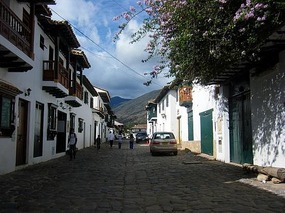
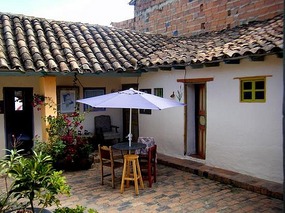
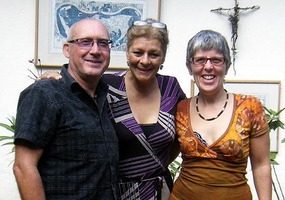
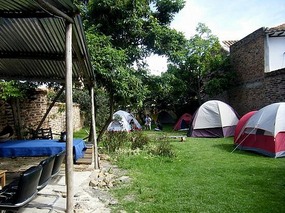
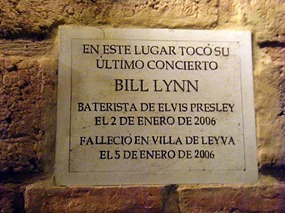
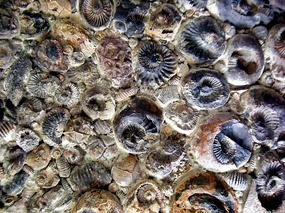
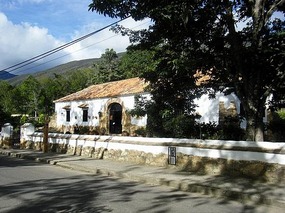
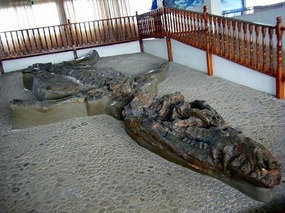
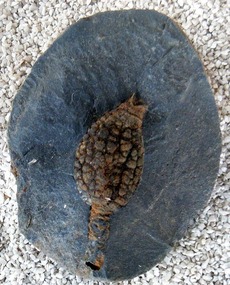
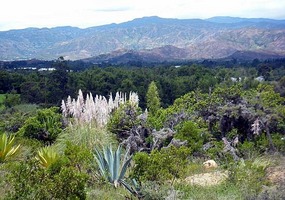
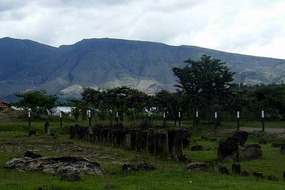

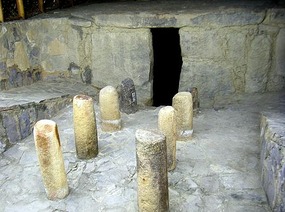
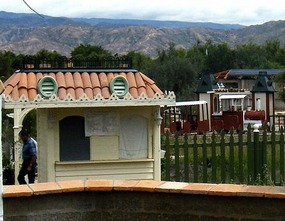

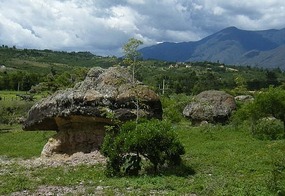
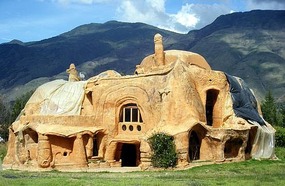




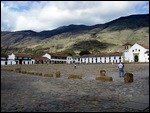
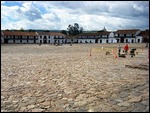
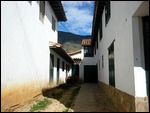

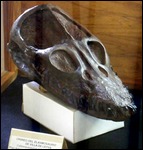
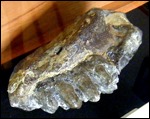

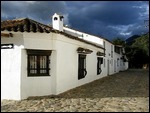

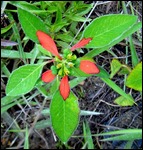

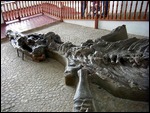
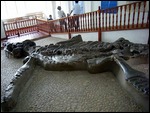
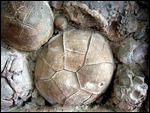
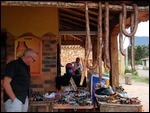
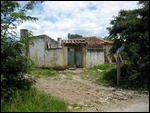


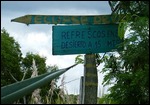
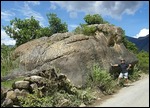
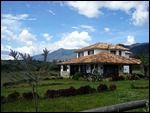
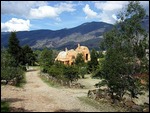
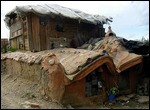

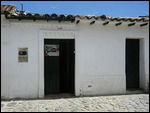

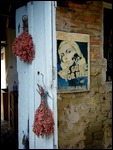

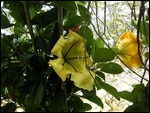

MARCO
2022-01-05
Hola en donde queda la placa de bill lynn
Tony and Jenny
2022-01-05
Lo siento, fue hace muchos años y no recordamos el bar. Entendemos que originalmente se llamaba "legends and superstars".